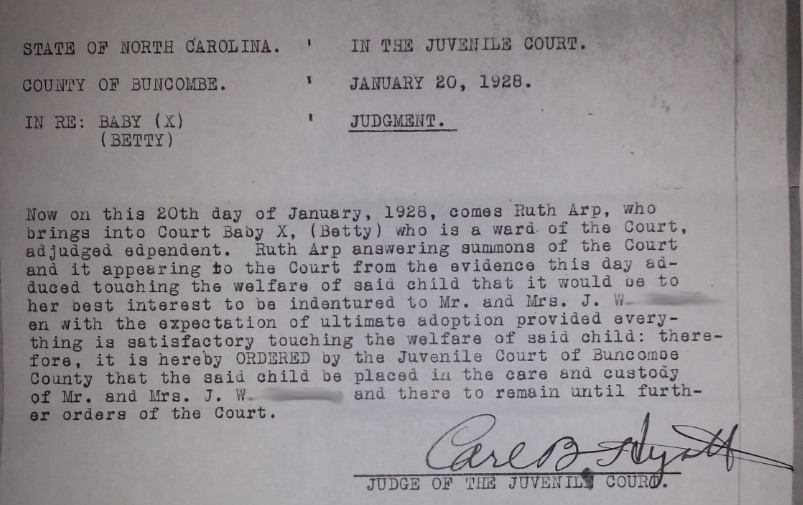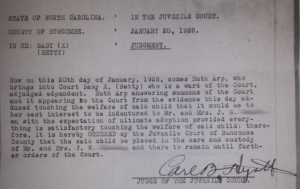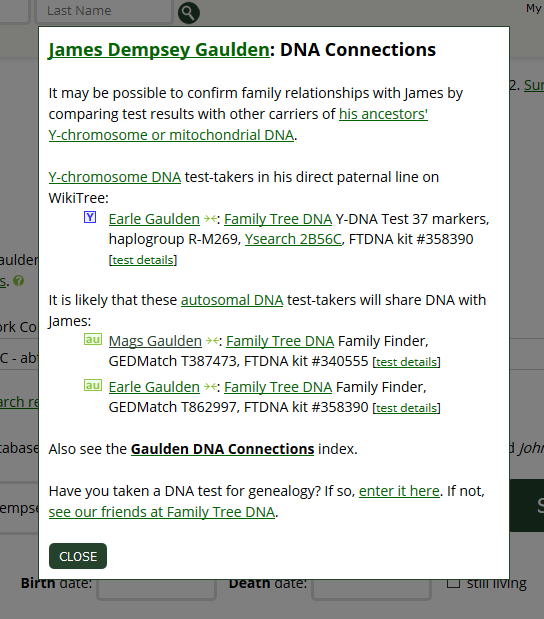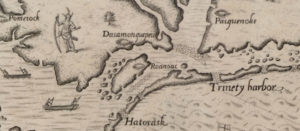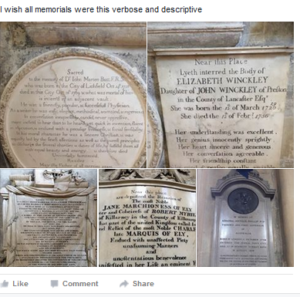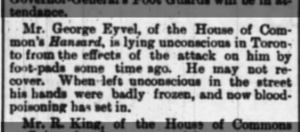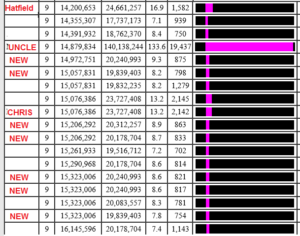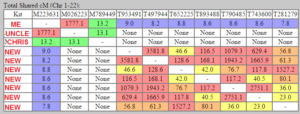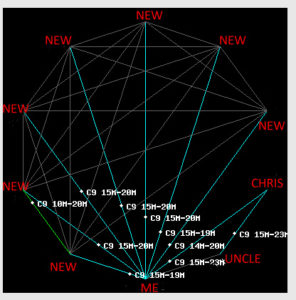Betty Jean’s Adoption Search
Begin at the end? Well yes. To find Betty Jeans birth family we have to start with her. Since she is the descendant of her parents – we have to start with her. Since there is nothing in her adoption file – we have to start with her. Since technology has progressed to a point where we can scour the world’s birth, death, marriage, newspaper, city directory and family tree records with ease and ultimately submit DNA tests – we have to start with Betty Jean. She is the end, the end result of her mother and father, the people we want to find.
The Genealogy
Betty Jean has no Genealogy, or does she? Of course she does, it just doesn’t connect to her… yet.
March 1, 2016 – The first step in working her Genealogy was to go to WikiTree and connect her to what I had already input for our shared/her adopted family by creating her adopted profile. Then I created her birth profile. WikiTree is the program I use for all of my genealogy, including clients. WikiTree’s collaborative, connective mindset paired with its tools for DNA makes it ideal.
The DNA
Later in the month, on March 23, Betty Jean gave me her 23andMe information. Yes, Betty Jean had already done a 23andMe test. She had done it because, like so many other adoptees, she wanted to find medical information she could share with her children regarding any inherited medical issues. As for using DNA to find her birth family? She may have thought about DNA connections at the time, though it wasn’t at the top of her list.
She had been contacted through 23andMe’s internal messaging by a few people who found they shared DNA with her. But she didn’t know what to do with it as she had no idea who she was. She couldn’t share any family information nor identify from the messages, any names which belonged to her.
Answering all the 23andMe messages, I explained who I was and what I was doing. I also looked through her matches, and found something very interesting right off the bat – a first cousin, once removed. I frantically sent this match a note stating that she was Betty Jean’s highest match her closest know living relative. Boda Boom Bada Bing it’s done! Just grab this cousins family information and genealogy and that’s it. Wow how easy was that?
It was not that easy
This new first cousin once removed is adopted too. No quick and easy answers.
March 28, 2016 – I sent 26 emails to Betty Jean’s 23andMe DNA matches. While I waited for responses (two were immediate) I added her 23andMe test information to her WikiTree birth profile. Then I downloaded her raw DNA data from 23andMe and uploaded it to GEDmatch. “GEDMatch is a free service that helps you find even more relatives than 23andme’s relative finder. That’s because it also matches you with people who have uploaded their data from another genetics service called FtDNA (Family Tree DNA).” Google Search GEDmatch also accepts raw data from the other major genetic genealogy testing companies.
CeCe Moore uses the pond analogy to explain why you should upload your data to as many sites as you can, to test with as many companies as you can. The more ponds your genes are floating around in, the more likely you will find matches. GEDmatch is a big pond with user uploaded Genes from all the testing companies floating in it.
I sent 35 emails to Betty Jeans top GEDmatch matches. It goes without saying that every time I did anything with Betty Jean’s information, I asked her permission. With all the emails sent, I got many good responses. But I also hit the mother load of Genetic Genealogy Research. Another Genealogist who had already been working with Betty Jeans’s other adoptee match, her first cousin once removed. The match I mentioned above. Another Bada Bing Bada Boom and we are done right? Well, no.
A Huge Step In The Right Direction
A huge step in the right direction, but the answers will have to be teased from the information this other researcher, this other adoptee searcher, has been compiling. One other HUGE thing about this other researcher? Jane Howard Schenck is ALSO a DNA match to Betty Jean. This means that Jane has incredible knowledge about Betty Jean’s birth family not just from data and research, she has a memory of many of the people involved.
On March 28, 2016 I began a collaboration with Jane which would propel us toward finding Betty Jean’s birth family. I love collaboration!
![]()

